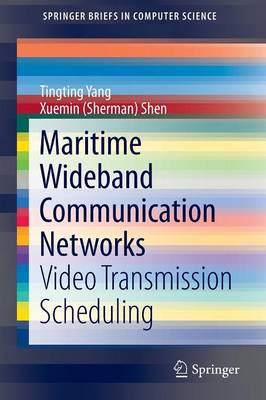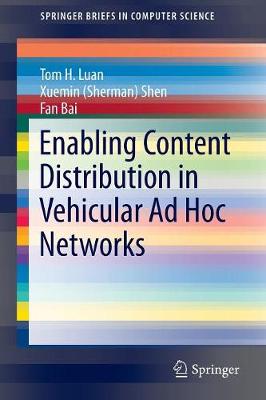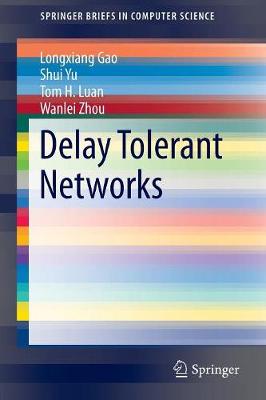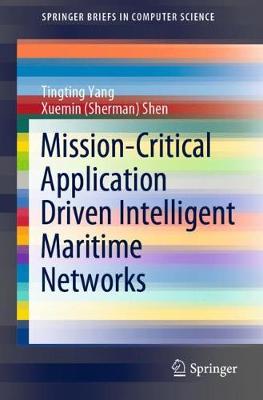SpringerBriefs in Computer Science
7 total works
Security for Multi-hop Wireless Networks
by Mohamed M. E. A. Mahmoud and Xuemin (Sherman) Shen
Maritime Wideband Communication Networks
by Tingting Yang and Xuemin (Sherman) Shen
Enabling Content Distribution in Vehicular Ad Hoc Networks
by Tom H. Luan, Xuemin (Sherman) Shen, and Fan Bai
Wireless Sensor Networks
by Cailian Chen, Shanying Zhu, Xinping Guan, and Xuemin (Sherman) Shen
Delay Tolerant Networks
by Longxiang Gao, Shui Yu, Tom H. Luan, and Wanlei Zhou
Mission-Critical Application Driven Intelligent Maritime Networks
by Tingting Yang and Xuemin (Sherman) Shen
This book shares valuable insights into high-efficiency data transmission scheduling and into a group intelligent search and rescue approach for artificial intelligence (AI)-powered maritime networks. Its goal is to highlight major research directions and topics that are critical for those who are interested in maritime communication networks, equipping them to carry out further research in this field.
The authors begin with a historical overview and address the marine business, emerging technologies, and the shortcomings of current network architectures (coverage, connectivity, reliability, etc.). In turn, they introduce a heterogeneous space/air/sea/ground maritime communication network architecture and investigate the transmission scheduling problem in maritime communication networks, together with solutions based on deep reinforcement learning. To accommodate the computation demands of maritime communication services, the authors propose a multi-vessel offloading algorithm for maritime mobile edge computing networks. In closing, they discuss the applications of swarm intelligence in maritime search and rescue.
Privacy Preservation in IoT: Machine Learning Approaches
by Youyang Qu, Longxiang Gao, Shui Yu, and Yong Xiang
This book aims to sort out the clear logic of the development of machine learning-driven privacy preservation in IoTs, including the advantages and disadvantages, as well as the future directions in this under-explored domain. In big data era, an increasingly massive volume of data is generated and transmitted in Internet of Things (IoTs), which poses great threats to privacy protection. Motivated by this, an emerging research topic, machine learning-driven privacy preservation, is fast booming to address various and diverse demands of IoTs. However, there is no existing literature discussion on this topic in a systematically manner.
The issues of existing privacy protection methods (differential privacy, clustering, anonymity, etc.) for IoTs, such as low data utility, high communication overload, and unbalanced trade-off, are identified to the necessity of machine learning-driven privacy preservation. Besides, the leading and emerging attacks pose further threats to privacy protection in this scenario. To mitigate the negative impact, machine learning-driven privacy preservation methods for IoTs are discussed in detail on both the advantages and flaws, which is followed by potentially promising research directions.Readers may trace timely contributions on machine learning-driven privacy preservation in IoTs. The advances cover different applications, such as cyber-physical systems, fog computing, and location-based services. This book will be of interest to forthcoming scientists, policymakers, researchers, and postgraduates.






